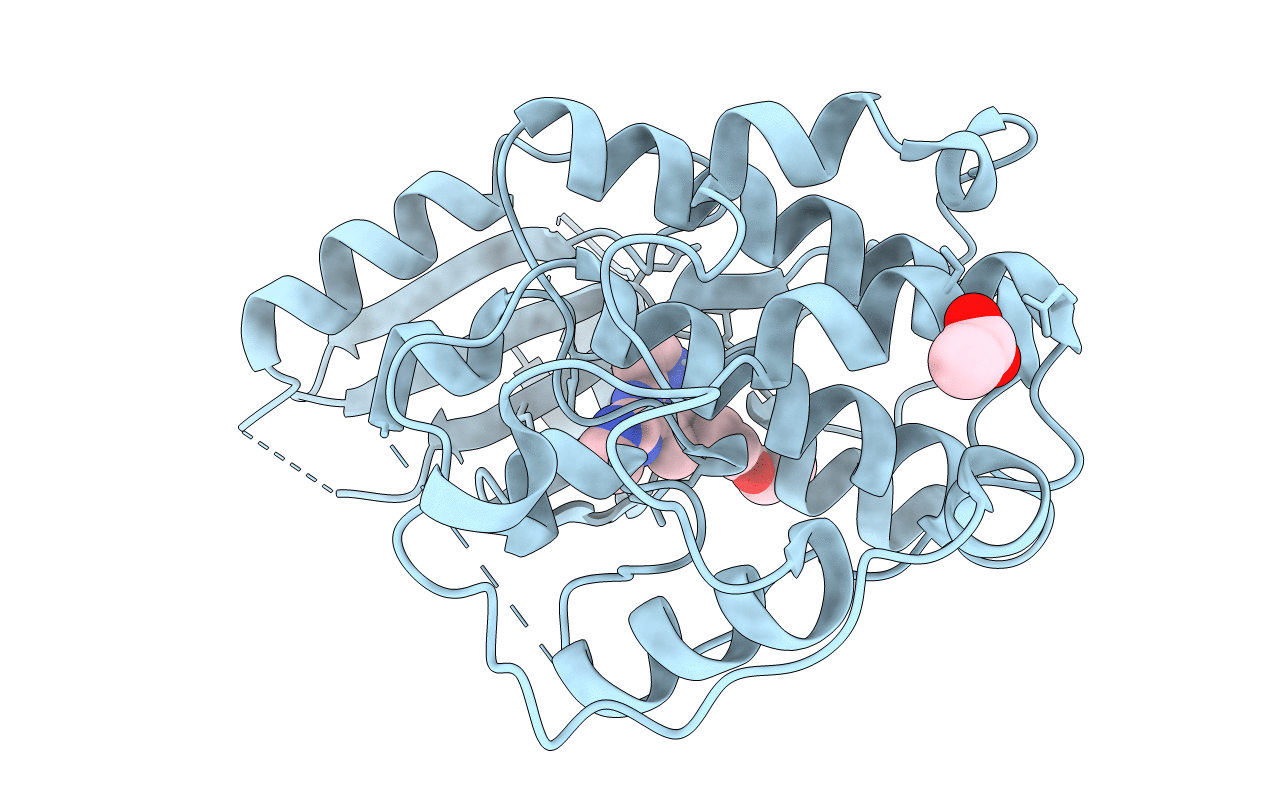
Deposition Date
2013-05-20
Release Date
2013-10-30
Last Version Date
2023-11-08
Entry Detail
PDB ID:
3WBL
Keywords:
Title:
Crystal structure of CDK2 in complex with pyrazolopyrimidine inhibitor
Biological Source:
Source Organism:
Homo sapiens (Taxon ID: 9606)
Host Organism:
Method Details:
Experimental Method:
Resolution:
2.00 Å
R-Value Free:
0.24
R-Value Work:
0.18
R-Value Observed:
0.19
Space Group:
P 21 21 21


